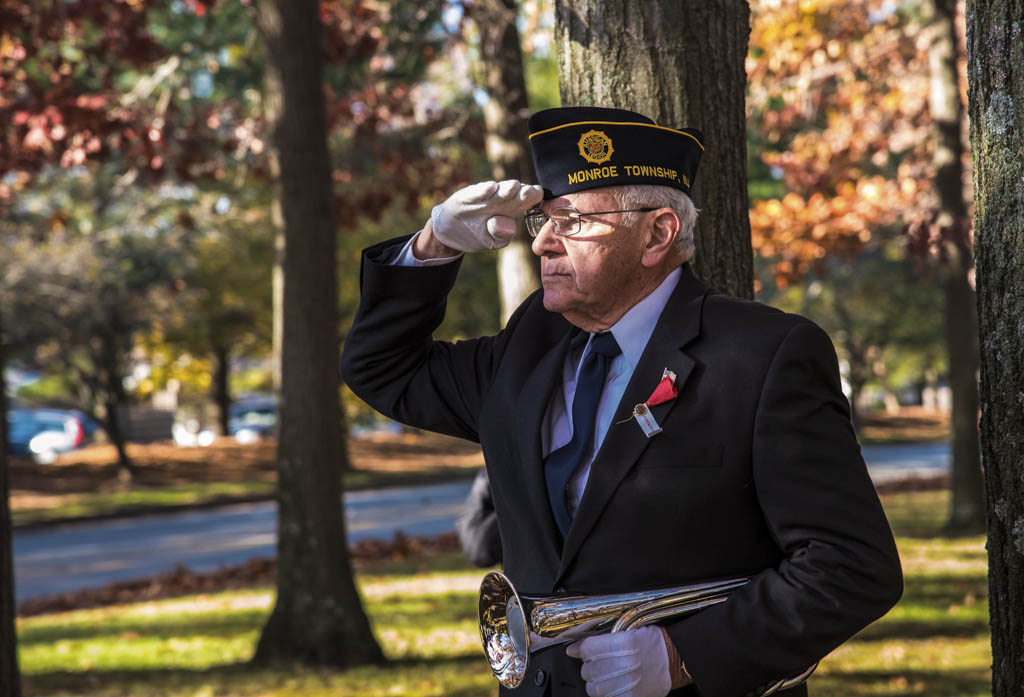Japan had occupied Korea since 1910. At the conclusion of World War II, the United Nations, in its infinite wisdom, decided to partition the Korean peninsula along the 38th parallel, making two countries, North and South Korea.
The reasoning may have seemed sound at the time. The United States would disarm and take the surrender of Japanese forces in South Korea and then help that country establish a government. The Soviet Union would do likewise in North Korea. However, the Soviet Union installed a “puppet” government under control of the Kremlin in North Korea. In hindsight, that U.N. decision has led us to the point we are at today.
From the onset, the two Koreas wanted reunification. Basically, the governments of each side wanted a unified country according to its ideology and terms. Capitalism and communism could not co-exist.
This issue festered for several years with multiple small harassing attacks from the North across the boundary line. Finally, on June 25, 1950, North Korea commenced a full-scale attack across the 38th parallel in an operation that was a reminder of the German “Blitzkrieg.” The reasonably new South Korean Army and their American training cadre were overwhelmed by the onslaught, and within a short period of time, the defenders were pushed across the Nakdong River into an area that became known as the Pusan Perimeter.
In September 1950, General Douglas MacArthur took a calculated risk and made a brilliant and successful invasion at Inchon. This tactic cut the North Korean Army’s supply lines and permitted the 8th Army to break out of the Pusan Perimeter.
As more U.S. and U.N. forces began arriving, MacArthur’s command drove the North Korean Army back across the 38th Parallel and all the way up to the Yalu River, the border with Manchuria.
MacArthur was preparing to wrap everything up and have the troops home for Christmas. It was a nice thought. But, 240,000 Chinese soldiers wanted to cross the Yalu and “join us” for Thanksgiving. The result was the encirclement of troops along the Yalu and in the Chosin Reservoir area.
The U.S. Army’s X Corps and the U.S. Marines were not going to be “Thanksgiving dinner” for the Chinese volunteers at Chosin Reservoir. In bitter battles in bitter cold, the encircled troops broke out and in running battles they took the road east to the Port of Hungnam where the U.S. Navy had an evacuation armada to give them safe passage south.
The 8th Army units along the Yalu fought out of the encirclement and advanced to the rear in similar running battles as they headed south to cross the 38th parallel.
MacArthur was relieved of his command and replaced by General Matthew Ridgeway.
The U.S./U.N. forces were reestablished and began an advance back to the 38th parallel. Peace talks would begin between North Korea and the U.N. But, in the meantime, through 1951-52 and into the summer of 1953, fierce fighting took place along both sides of the 38th parallel and in the Iron Triangle of North Korea. On July 27, 1953, a cease fire was agreed upon.
Now, 65 years later, that cease fire is all that is in effect. To date, there has not been any treaty to end the war. As a veteran, I hope the dialogue initiated by our current administration will stimulate efforts in that direction. I feel that Kim Jong-un has realized that his nuclear ambitions are fruitless. The anti-missile defense of the U.S. and our retaliatory measures are overwhelming. I would like to see an agreement that provides some relief for the oppressed people of North Korea and the repatriation of our almost 8,000 MIAs.
It was originally called a police action, then a conflict, then the Forgotten War, and finally a war. When 36,914 are killed, 106,000 wounded and 7,800 are missing in action over three years and one month, it is a war. Let us pray for a justifiable conclusion.
Richard Pender is the senior vice commander of American Legion Post 459 in North Brunswick. He writes the occasional historical column for Newspaper Media Group. He can be reached at [email protected].

